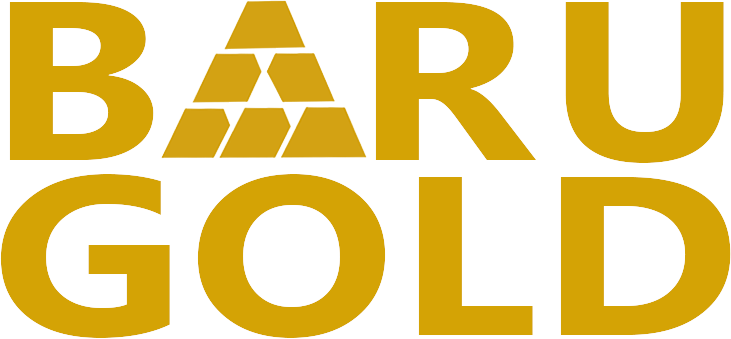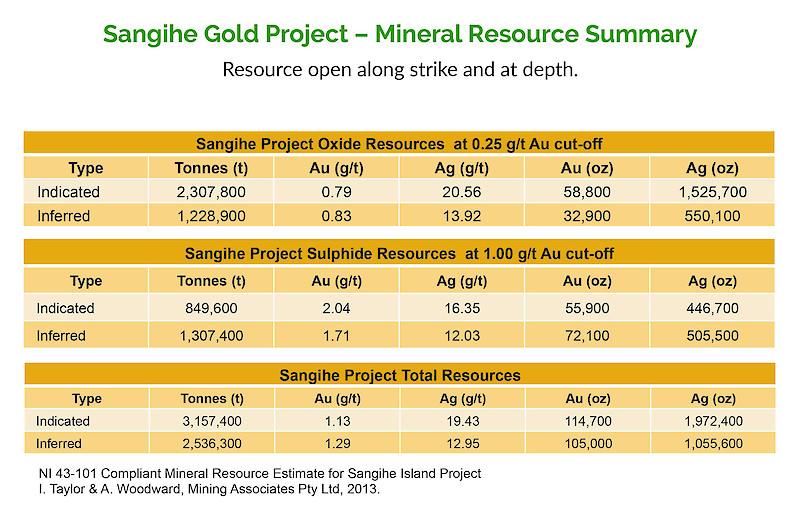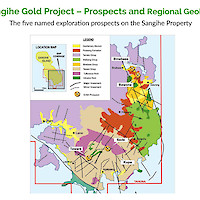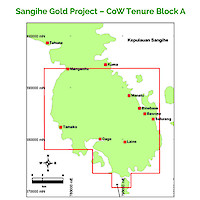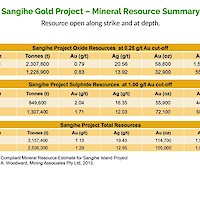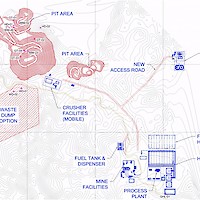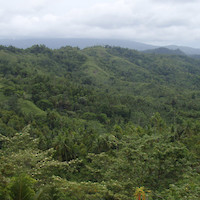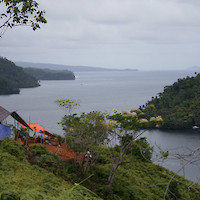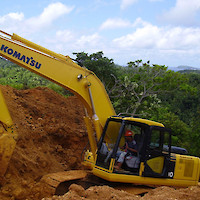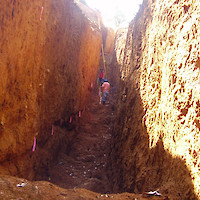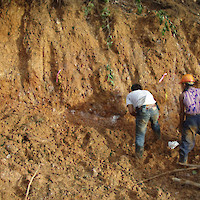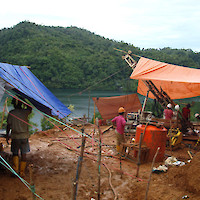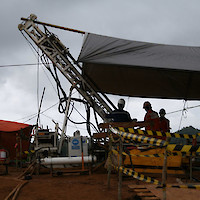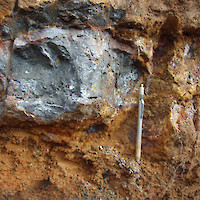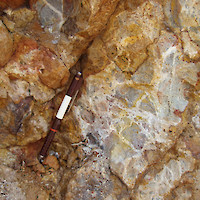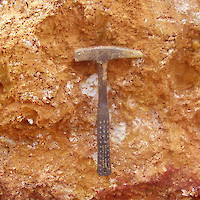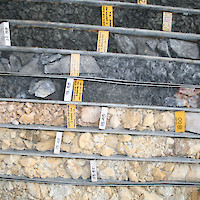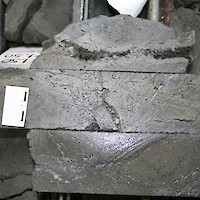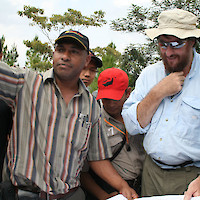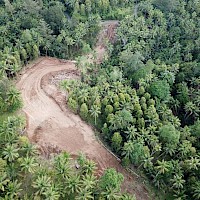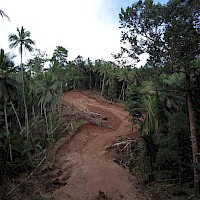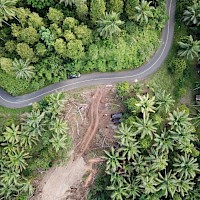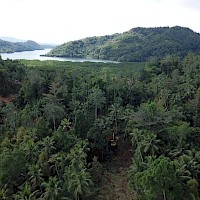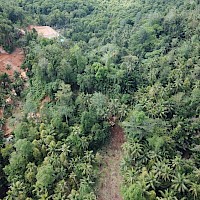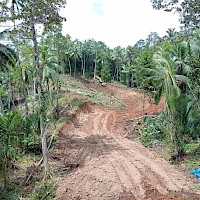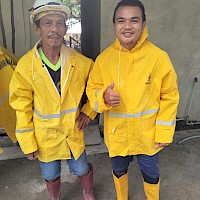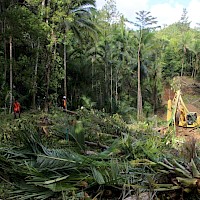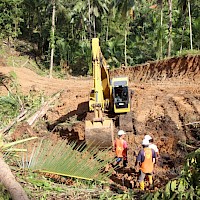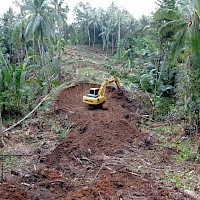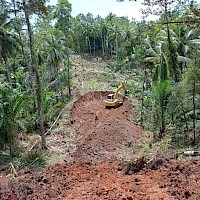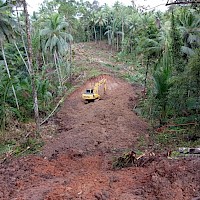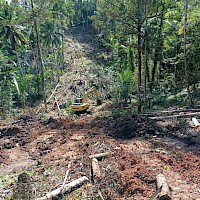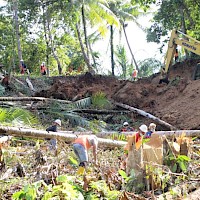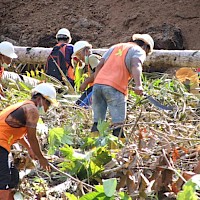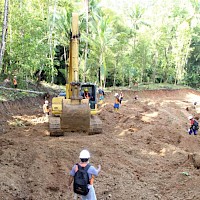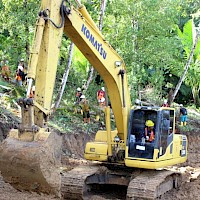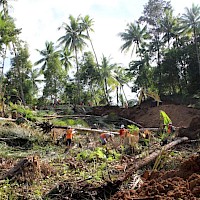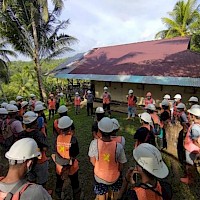Sangihe Gold Project
-
Project Highlights
- 266,000 oz Au including near surface oxides for near-term production cash flow
- Covers 42,000 ha including the Bawone and Binebase Prospects
- Sede Zone One, with sample grades of 13.4, 15.0 and 42.6g/t Au
- Sede Zone Two, with sample grades of 7.78, 11.2 and 16.0g/t Au
- Kupa, Southeast of Sede, returned sample grades of 122.0, 82.4 and 73.8 g/t Au
- East Asia has a 70% working interest
The Sangihe mineral tenement consists of one block covering the southern half of Sangihe Island, located between the northern tip of Sulawesi Island (Indonesia) and southern tip of Mindanao (Philippines). Baru Gold has a 70% working interest in the tenements and is the operator with three Indonesian companies holding the remaining 30% interest combined. The Company's focus is on the Block known as the "Sangihe Project" which covers 42,000ha; this includes the Bawone, Binebase prospects on the eastern part of the island and Taware prospect in the south-central region with infrastructure in place.
Other large gold and gold-copper deposits in the area include Tampakan (Xstrata Copper), Gosowong (Newcrest Mining), King-king (St. Augustine) and Mesel (Newmont).
Sangihe Project’s Near-term, Low Cost Production Potential
- The Mineral Resource Summary shown above provides detailed results of the Binebase and Bawone Resources which remain open along strike, across width and at depth (click image to enlarge)
- Indicated & Inferred Resources of >266,000 Au equivalent ounces at Bawone and Binebase, located on Sangihe Island, North Sulawesi
- Own 70% of COW valid until 2027 with 2 x 10 year extensions; BARU to cover exploration expenses up to BFS, then pro-rata
- Plan to commence production of 1,000 oz Au per month in 2022 via heap leach operation oxides and increase resource through drilling
- Substantially completes clearing of the land and commenced earthworks on the heap leach pad April 2022
- Exploration upside at Sangihe is extensive with less than 10% of land package explored - 35,000 meters drilling program approved in budget.
Sangihe Project First Discovered in 1986
The Sangihe Project was first discovered and primitively explored in 1986. PT Mears Soputan Mining and their JV partner Muswellbrook worked on the project until 1993. Chip sampling, ground magnetic surveys and IP surveys were conducted, resulting in local prospecting and artisanal mining at the gold and gold-copper anomalies identified. From 1989-1993 a 5,000m drill program was conducted at the Binebase and Bawone prospects. Until 2006, with various local mining entrepreneurs and junior mining companies, further trenching and exploration was conducted.
During the historical drilling and exploration campaigns surface exposed oxide gold at Binebase and shallow to surface sulphide gold at Bawone were discovered and small gold anomalies identified at Taware.
In 2007 East Asia and local partners received approvals and exploration permits from the government and were granted the CoW for 42,000Ha covering the Sangihe Project.
Sangihe Project’s Gold and Copper Mineralization
Sangihe Island consists mainly of volcanic rock and it is believed that Binebase, Bawone and Taware mineral prospects are located in eroded volcanic centres. These prospects were initially discovered and explored in the 1980s. Binebase, with surface exposed oxide gold, and Bawone, with shallow to surface sulphide gold, are located 1.2 kilometres apart and are the most advanced of these prospects.
- Taware is dominantly a clay-pyrite alteration with andesitic lava flows hosting shallow intrusions. More drilling will determine the extent of mineralization.
- Binebase and Bawone prospects are contained in ash tuffs overlain and underlain with andesite flows and localized clay-pyrite alterations contained in an epithermal body of mineralization. Channel sampling at Binebase confirmed near surface oxide mineralization and the copper and gold bearing quartz could be indicative of porphyry-style Copper-Gold mineralization.
- Four zones of oxide and sulphide gold mineralization have been identified at Binebase, trending 900m x 425m to the north-east. Drilling shows that the oxidized zone could be up to 60m thick with grades >1g/t Au . Deeper breccias zones with copper grades up to 2.1%, silver (up to 1,180ppm), lead (up to 1.06%) and zinc (up to 7.03%) are present within and adjacent to the gold mineralized zones.
- At Bawone, a north-west trending gold mineralization zone has been identified with a strike length of 300m by 75m wide which is currently open along strike. This mineralized zone is mostly pyrite contained in stock works and breccias.
Limited 2008 sampling at the Sede and Kupa Prospects seven kilometres south of Bawone produced some spectacular gold results.The NNE-SSW striking Sede vein system has been mapped over 600m and remains open in both directions. Zone One, with grab samples assaying 13.4, 15.0 and 42.6 g/t gold, and Zone Two, with 7.78, 11.2 and 16.0 g/t gold samples, occur as low sulphidation vein horsetails with gold controlled by structural dilations. Grab sampling southeast of Sede at Kupa has encountered 122.0, 82.4 and 73.8 g/t gold results, verifying similar historic results.
-
Chief Geologist Frank Rocca P. Geo walks us through the technical background of Sangihe, its upside potential, and next steps at Sangihe.
February 14, 2025
July 31, 2020
September 22, 2010
-
May 2-10, 2022
April 1-7, 2022
